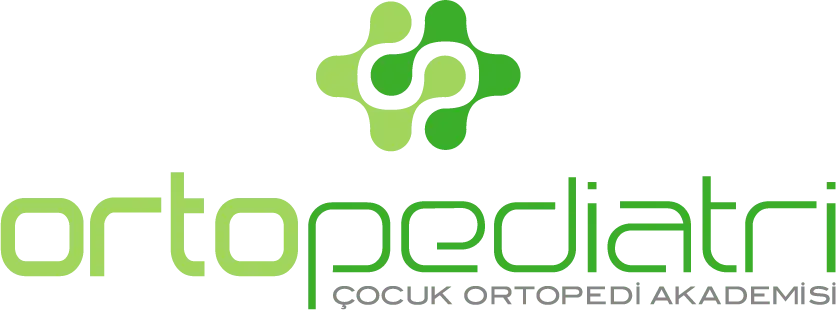Cerebral palsy (CP) is a clinical presentation which is seen as a result of permanent but non-progressive damage during the brain development. Cerebral palsy can occur in many cases developed during delivery or after delivery. Brain damage is permanent but not progressive. Despite this permanent damage, the child recovers some movement skills over time, and the child’s activity level may change.
Cerebral palsy is not related to only pediatric orthopedics. Pediatric diseases, developmental neurology or pediatric neurology, physical therapy and rehabilitation and sometimes eye, otorhinolaryngology, brain neurosurgery branches may be related to the treatment and monitoring of the children with cerebral palsy at various levels. All relevant teams should follow the child at all stages of development, and the family should cooperate on all issues.
The main purpose of the treatment of cerebral palsy is to reintegrate the child into society and to allow him/her to live without the help of others. It is aimed to enable him/her to spend time with peers during the preschool period and to follow the courses during the school age, thereby enabling him/her to have a duty in society and be part of the social life in the future.
The children diagnosed with cerebral palsy have relationship mostly with the physical therapy and rehabilitation branch of medicine during their lifetime. When the physical therapy and rehabilitation specialists see that the improvement is stopped in many aspects or blocked for some reasons, then they refer them to us for a treatment with surgical methods. Physiotherapy will resume after the surgical treatment. For the maintenance of the benefit obtained from the surgery, an intensive physiotherapy period will be started, which also requires the use of some devices.

